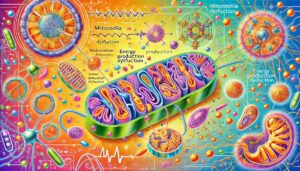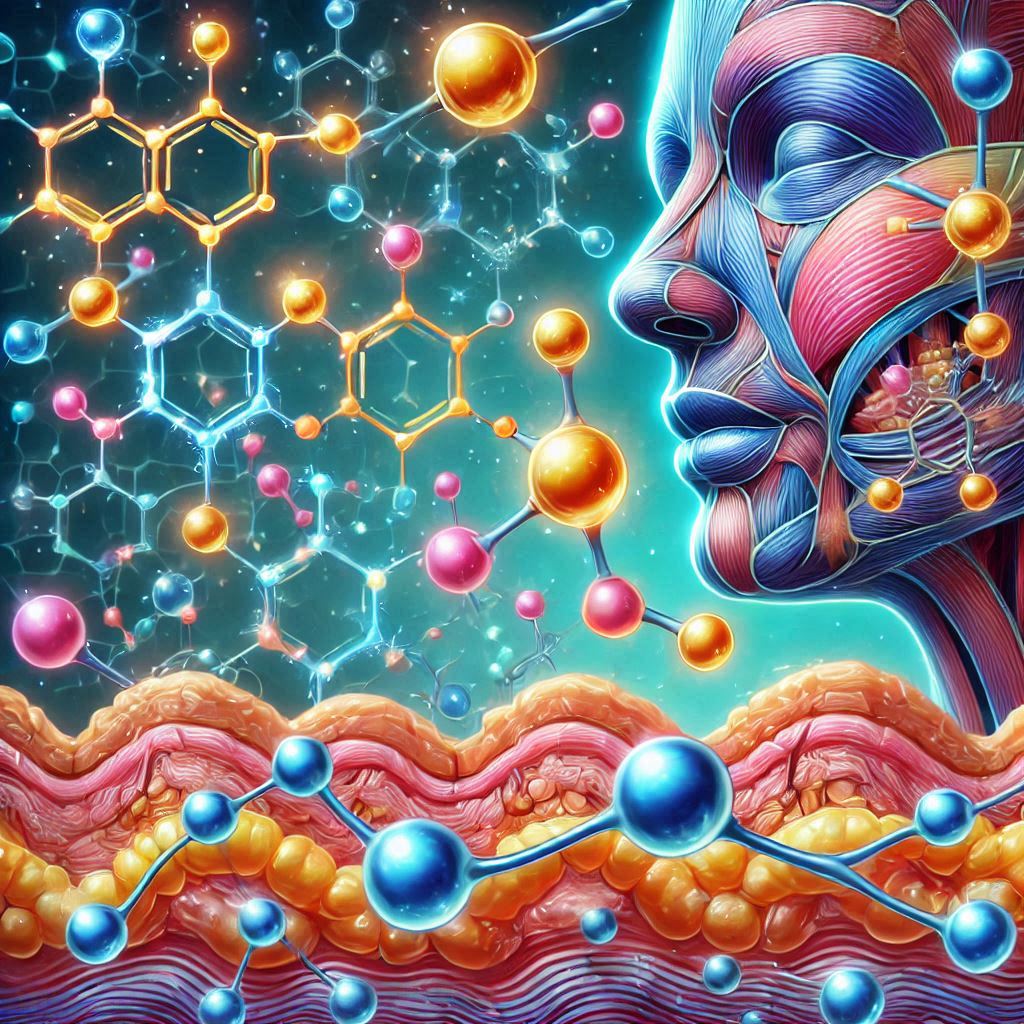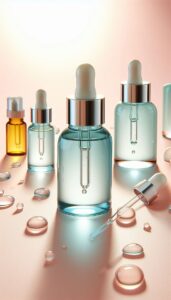Aging is a natural and inevitable part of life, but the quest for ways to slow down its effects on the body, particularly on the skin, has been a topic of fascination and scientific exploration for centuries. The concept of anti-aging has evolved from myths and folklore to a highly researched field rooted in scientific understanding. Today, anti-aging is not just about wrinkle creams and cosmetic procedures; it encompasses a deep dive into the biological processes that drive aging and the strategies that can delay or reverse its visible and invisible effects. Understanding the science behind anti-aging can offer valuable insights into how we can preserve youthfulness, enhance longevity, and improve overall health.
The Biological Mechanisms of Aging
Aging is a complex process influenced by genetic, environmental, and lifestyle factors. At its core, aging is characterized by a gradual decline in cellular function, which leads to the deterioration of tissues, organs, and systems. The science behind anti-aging focuses on slowing or reversing these processes, aiming to prolong the lifespan and healthspan (the period of life spent in good health) of individuals. Some of the key biological mechanisms that drive aging include:
- Oxidative Stress and Free Radicals
Oxidative stress is one of the most significant contributors to aging. Free radicals are highly reactive molecules that can damage cells, proteins, and DNA by stealing electrons from other molecules. This process, known as oxidation, leads to cellular damage and accelerates the aging process. Free radicals are produced as a natural byproduct of metabolic processes in the body, particularly during the production of energy in the mitochondria. However, external factors such as pollution, UV radiation, and smoking can also increase the number of free radicals in the body.
Anti-aging strategies often focus on neutralizing free radicals through antioxidants. Antioxidants are compounds that donate electrons to free radicals, preventing them from causing damage. Vitamins C and E, for example, are well-known antioxidants that help protect the skin from oxidative damage caused by environmental factors, such as sun exposure. Research has shown that increasing antioxidant intake through diet or supplements can reduce oxidative stress and slow down the aging process, particularly in skin cells.
- Telomere Shortening and Cellular Senescence
Telomeres are protective caps at the ends of chromosomes that play a crucial role in maintaining the stability of our DNA. Each time a cell divides, the telomeres shorten, eventually leading to cell death or senescence, a state in which cells lose their ability to divide and function properly. The shortening of telomeres has been linked to aging, as it contributes to tissue degeneration and the decline of organ function.
Anti-aging research has explored ways to extend the length of telomeres and delay the onset of cellular senescence. Some studies suggest that lifestyle factors, such as a balanced diet, regular exercise, and stress reduction, can help protect telomeres from premature shortening. Additionally, certain compounds, such as resveratrol (found in red wine) and telomerase activators, have been studied for their potential to activate the enzyme telomerase, which can rebuild and extend telomeres.
- Mitochondrial Dysfunction
Mitochondria, often referred to as the powerhouse of the cell, are responsible for producing the energy needed for cellular functions. As we age, mitochondria become less efficient at producing energy and more prone to damage. This mitochondrial dysfunction contributes to the decline in cellular performance, leading to symptoms of aging, such as decreased energy, muscle weakness, and cognitive decline.
One of the main theories in anti-aging research is the mitochondrial theory of aging, which suggests that damage to mitochondria is a primary driver of the aging process. To counteract this, anti-aging strategies focus on improving mitochondrial function. Nutrients such as Coenzyme Q10 (CoQ10) and Pterostilbene have been studied for their potential to enhance mitochondrial health and slow down the aging process. Exercise, particularly aerobic activity, has also been shown to stimulate mitochondrial biogenesis (the creation of new mitochondria), helping to maintain youthful energy levels and improve overall health.

- Inflammation and Aging
Chronic low-grade inflammation, often referred to as “inflammaging,” is another key factor in the aging process. As we age, the immune system becomes less efficient at regulating inflammation, leading to an increased level of pro-inflammatory molecules in the body. This chronic inflammation can damage tissues, contribute to the development of age-related diseases such as cardiovascular disease, diabetes, and Alzheimer’s, and accelerate the aging process.
Anti-aging strategies aim to reduce chronic inflammation by promoting anti-inflammatory pathways in the body. Omega-3 fatty acids, found in fish oil and flaxseeds, are well-known for their anti-inflammatory properties. Additionally, polyphenols, compounds found in fruits, vegetables, and green tea, have been shown to reduce inflammation and protect against age-related diseases. Adequate sleep, stress management, and regular physical activity are also important for modulating inflammation and promoting healthy aging.
The Role of Skin in the Aging Process
The skin is often the first place we notice the effects of aging, as it is directly exposed to environmental factors such as UV radiation, pollution, and temperature fluctuations. The science of anti-aging in skincare focuses on preventing and treating the visible signs of aging, such as wrinkles, fine lines, sagging, and age spots. Skin aging is primarily driven by two factors: intrinsic aging (the natural, genetic process) and extrinsic aging (caused by environmental factors).
Intrinsic aging leads to a gradual reduction in collagen and elastin production, which are essential proteins that provide the skin with structure, firmness, and elasticity. As collagen and elastin fibers break down over time, the skin loses its youthful appearance. The skin also becomes thinner and drier due to a decrease in the production of natural oils and moisture retention.
Extrinsic aging, on the other hand, is largely driven by environmental factors, especially UV radiation from the sun. UV rays penetrate the skin and damage collagen fibers, leading to premature wrinkles, sagging, and age spots. Pollution, smoking, and poor lifestyle choices can also contribute to extrinsic aging by increasing oxidative stress and inflammation.
To combat skin aging, anti-aging skincare products often include ingredients that promote collagen synthesis, such as retinoids and peptides. Retinoids, derived from vitamin A, are well-known for their ability to stimulate collagen production and accelerate skin cell turnover, reducing the appearance of wrinkles and fine lines. Peptides, short chains of amino acids, help to repair damaged skin and encourage the production of collagen and elastin.
Antioxidants, such as vitamins C and E, play a crucial role in protecting the skin from oxidative damage caused by UV radiation and pollution. Sunscreen is also a critical component of any anti-aging routine, as it helps to shield the skin from harmful UV rays and prevent further damage.
Anti-Aging Strategies: Lifestyle Choices and Emerging Research
While the biological mechanisms of aging are complex and influenced by various factors, certain lifestyle choices can significantly impact the aging process. A healthy diet, rich in fruits, vegetables, whole grains, and lean proteins, provides the body with the essential nutrients it needs to combat oxidative stress, inflammation, and cellular damage. Regular physical activity is another key strategy for slowing down the aging process, as it improves mitochondrial function, reduces inflammation, and supports healthy circulation.
Emerging research in the field of anti-aging is focused on identifying novel compounds and therapies that can extend lifespan and healthspan. Some promising areas of study include senolytics, which are drugs that target and eliminate senescent cells, and NAD+ boosters, which aim to enhance the function of a molecule involved in cellular repair. Additionally, gene editing technologies, such as CRISPR, are being explored for their potential to reverse age-related damage at the genetic level.
The science behind anti-aging is multifaceted, involving a combination of biological mechanisms and lifestyle factors that influence the aging process. While we cannot completely halt the passage of time, understanding these mechanisms provides valuable insights into how we can slow down the effects of aging, maintain youthful skin, and improve overall health. By addressing factors such as oxidative stress, telomere shortening, mitochondrial dysfunction, and inflammation, and incorporating anti-aging strategies like a balanced diet, regular exercise, and skincare, we can take proactive steps toward a healthier and more youthful life.





